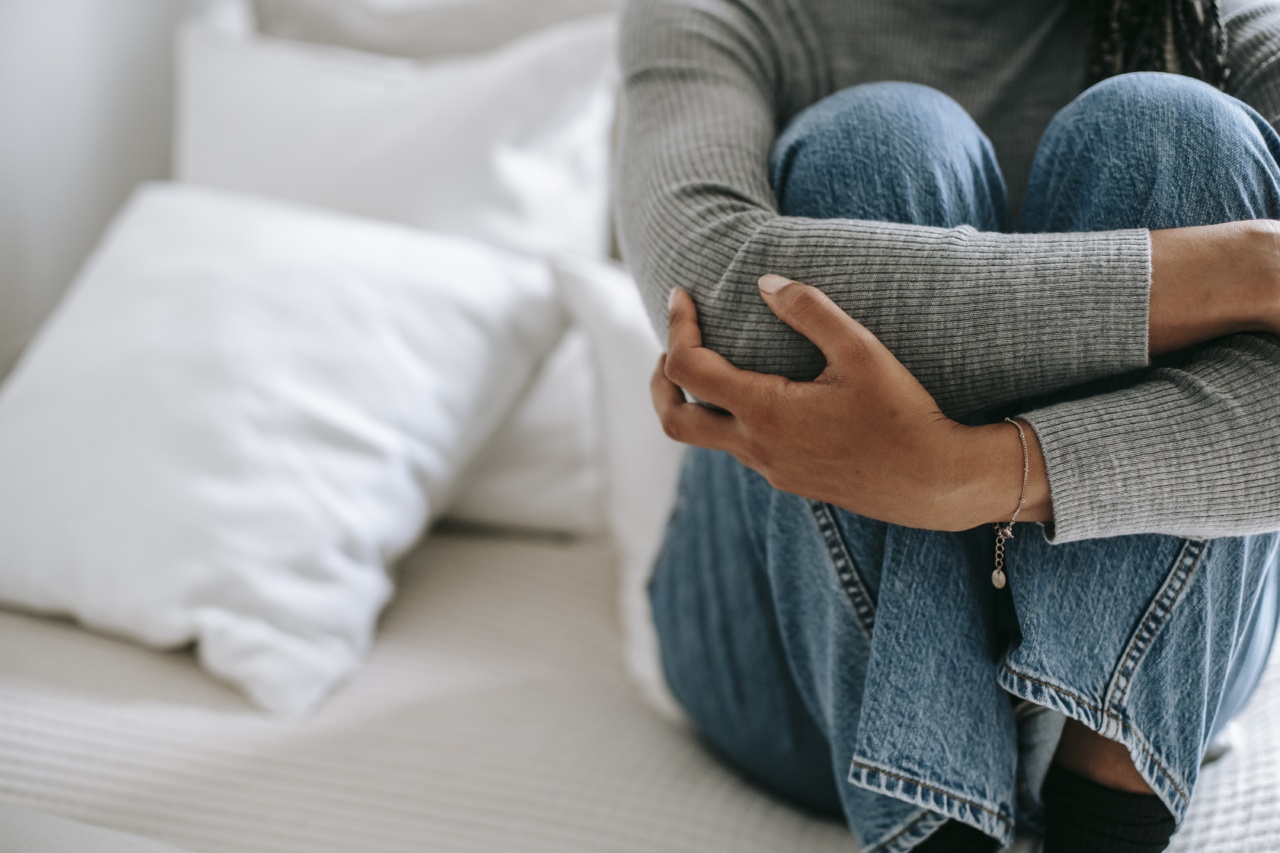Discomfort after a meal is not uncommon, and can often be attributed to simple indigestion. However, if the pain or discomfort is persistent and severe in nature, it is important to pay attention to it.
In some cases, the source of discomfort could be a medical condition such as cholecystitis. Cholecystitis is an inflammation of the gallbladder, which is the organ that stores bile. Bile is produced in the liver and helps in the digestion of fats in the small intestine.
What is Cholecystitis?
Cholecystitis occurs when the bile ducts leading out of the gallbladder become blocked. This blockage can be caused by gallstones, which are hard, crystalline structures formed from cholesterol and bile salts.
When these stones become lodged in the bile ducts, they can cause the gallbladder to become inflamed.
Symptoms of Cholecystitis
There are several signs and symptoms of cholecystitis, which can be mild or severe in nature. The most common symptoms of cholecystitis include:.
- Pain or discomfort in the upper right abdomen
- Back pain, especially between the shoulder blades
- Nausea and vomiting
- Fever
- Loss of appetite
- Bloating
- Indigestion
If left untreated, cholecystitis can lead to serious complications such as gangrene of the gallbladder, sepsis, and perforation of the gallbladder.
When to Seek Medical Attention
If you experience persistent abdominal pain, especially in the upper right quadrant, after eating, it is important to seek medical attention.
If the pain is severe and accompanied by vomiting, fever, and/or jaundice, it is important to seek medical attention immediately. These symptoms may indicate a serious condition such as cholecystitis, pancreatitis, or a perforated stomach ulcer.
How is Cholecystitis Diagnosed?
If your doctor suspects that you have cholecystitis, he or she will typically perform a physical exam and order diagnostic tests. These tests may include:.
- Ultrasound: This test uses sound waves to generate images of the gallbladder and surrounding organs.
- Computed tomography (CT) scan: This test is used to create detailed images of the body.
- Magnetic resonance imaging (MRI): This test uses a strong magnetic field and radio waves to create detailed images of the body.
- Blood tests: These tests may be used to evaluate liver function and to check for signs of infection.
Treatment for Cholecystitis
If you are diagnosed with cholecystitis, treatment may include:.
- Fasting: You may be asked to stop eating or drinking to allow your gallbladder to rest.
- Pain medication: Your doctor may prescribe pain medication to help manage your symptoms.
- Intravenous fluids: You may need intravenous fluids to help keep you hydrated.
- Antibiotics: If an infection is present, your doctor may prescribe antibiotics.
In some cases, surgery may be necessary to remove your gallbladder. This procedure is called a cholecystectomy.
Preventing Cholecystitis
There are several steps you can take to reduce your risk of developing cholecystitis, including:.
- Eating a healthy diet low in fat
- Maintaining a healthy weight
- Exercising regularly
- Avoiding smoking and excessive alcohol consumption
Conclusion
Discomfort after a meal is not uncommon, but if it is persistent and severe in nature, it is important to seek medical attention. Cholecystitis is a serious medical condition that requires prompt diagnosis and treatment.
If you experience symptoms such as abdominal pain, fever, and vomiting, it is important to seek medical attention immediately.































